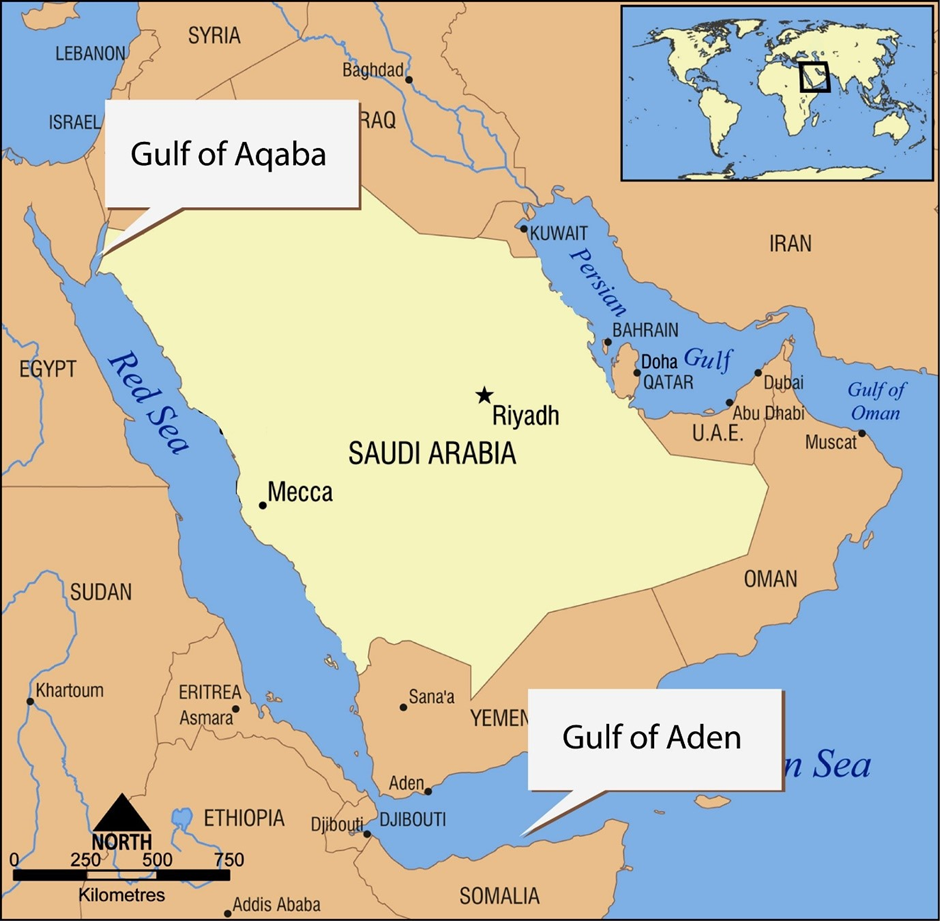PROPORTIONAL REPRESENTATION
PROPORTIONAL
REPRESENTATION
Why in the news?
Recently,
experts in India have called to consider Proportional Representation (PR) for
Lok Sabha and State Assembly elections instead First-Past-The-Post (FPTP)
electoral system.
What is Proportional
Representation (PR)?
§ The Proportional Elec
toral System is an electoral system where the political parties get as much representation (number of seats) in the legislature as much share of votes they get in the elections.
§ Proportional
representation (PR) is a voting system that aims to fairly represent political
parties based on their share of the vote. Unlike the First Past the Post (FPTP)
system, Proportional Representation ensures that every vote counts towards
allocating seats in Parliament or other elected bodies.
Types of Proportional
Representation in India
Single Transferable
Vote (STV)
§ The
single transferable vote allows a voter to rank his/her candidate in order of
preference, i.e., by providing backup references and casting only one vote.
§ Proportional
Representation By Single Transferable Vote enables voters to choose the most
preferred candidate of the party and vote for independent candidates.
§ The
President of India is elected through the PR system with a single transferable
vote (STV), where a secret ballot system is used to elect the President. The
electoral college, which consists of the Legislative Assemblies of the States,
Council of States, and members of Rajya Sabha and Lok Sabha, elects the Indian
president through a proportional representation system utilizing an STV.
Party-list PR
§ It
is a type of Proportional representation where the political parties define the
candidate list, and voters vote for a list.
§ The
list can be closed or opened. The open list allows voters to indicate
individual candidate preferences and vote for independent candidates.
Mixed-member
proportional representation (MMP)
§ It
is a mixed system of election process where the registered votes are taken into
consideration for the local elections and for the total number of votes of a
party as well.
§ There
are instances where in some of these systems, the voters are entitled to two
kinds of votes.
§ One
vote is meant for the political party and one for a single representative (MP)
for their constituency.
§ New
Zealand, South Korea, and Germany are examples of countries where MMP is
operational.
Advantages of
Proportional Representation System
§ Firstly,
PR ensures that every vote counts towards allocating seats in Parliament. This
means that voters have a greater sense of participation in the democratic
process.
§ Secondly,
PR allows for a more diverse and representative government. Smaller parties and
minority groups are more likely to be represented under a PR system, which can
lead to a more diverse range of perspectives and ideas in Parliament.
§ Thirdly
PR systems tend to be less prone to gerrymandering, as the allocation of seats
is based on the percentage of votes received rather than arbitrary constituency
boundaries.
Disadvantages of
Proportional Representation
§ One
of the main criticisms of PR systems is that they can lead to unstable
governments. As smaller parties and minority groups are more likely to be
represented, it can be difficult to form stable coalitions and govern
effectively.
§ Secondly,
PR systems can be more complex than FPTP systems, making them more difficult
for voters to understand and for governments to implement.
§ Thirdly,
it is expensive in nature as it becomes costly to operate. A majority of the
amount and resources is utilized to conduct elections.
Difference between
First past the post and Proportional Representation:




Comments
Post a Comment